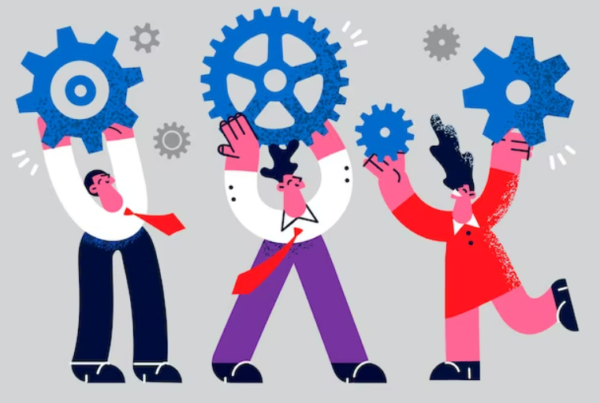Experiential Team Building: The key to creating high performance teams that drive success
In today’s fast-paced business world, building strong, cohesive teams is more important than ever. High performance teams are characterized by their ability to work together effectively, solve problems, and achieve success. Experiential team building is a powerful approach that can help you create such teams by fostering a sense of community and encouraging teamwork. In this blog post, we’ll take a closer look at the benefits of experiential team building and how it can help you create high performance teams that drive success.
Increased team cohesion
One of the key benefits of experiential team building is its ability to create strong bonds and a sense of unity among team members. When team members are able to work together and experience new things together, they are more likely to develop a sense of trust and camaraderie. This increased team cohesion can lead to improved teamwork and collaboration, as team members feel more connected and are able to support each other more effectively. Experiential team building activities such as team-building retreats, adventure challenges, and team sports can all help create a sense of community and improve team cohesion.
Improved communication and collaboration
Effective communication and collaboration are essential for high performance teams. Experiential team building activities can help improve these skills by challenging team members to work together to solve problems and complete tasks. This requires team members to communicate clearly and listen to each other’s ideas in order to find the best solution. By practicing these skills in a fun and engaging way, experiential team building activities can help team members develop the communication and collaboration skills they need to succeed. Examples of experiential team building activities that can improve communication and collaboration include problem-solving challenges and group brainstorming sessions.
Enhanced problem-solving skills
In addition to improving communication and collaboration, experiential team building activities can also help employees develop their problem-solving skills. By challenging team members to work together to solve problems and complete tasks, experiential team building activities encourage them to think creatively and approach challenges in a collaborative way. This can help team members develop the problem-solving skills they need to tackle challenges effectively and find innovative solutions. Examples of experiential team building activities that can enhance problem-solving skills include escape rooms, puzzles, and outdoor adventure challenges.
Increased creativity
Creativity and innovation are essential for high performance teams looking to stay ahead of the competition. Experiential team building activities can help spark creativity and encourage team members to think outside the box by encouraging them to work together and come up with new ideas. Examples of experiential team building activities that promote creativity include art and design projects, improv games, and creative problem-solving challenges. By fostering a culture of creativity and innovation, experiential team building can help your team come up with new and innovative solutions to challenges and drive success.
Conclusion
In conclusion, experiential team building is a powerful tool for creating high performance teams that drive success. By increasing team cohesion, improving communication and collaboration, enhancing problem-solving skills, and increasing creativity, experiential team building activities can help your team work together more effectively and achieve success. Don’t miss out on the opportunity to improve your team – consider implementing experiential team building activities in your workplace today!




